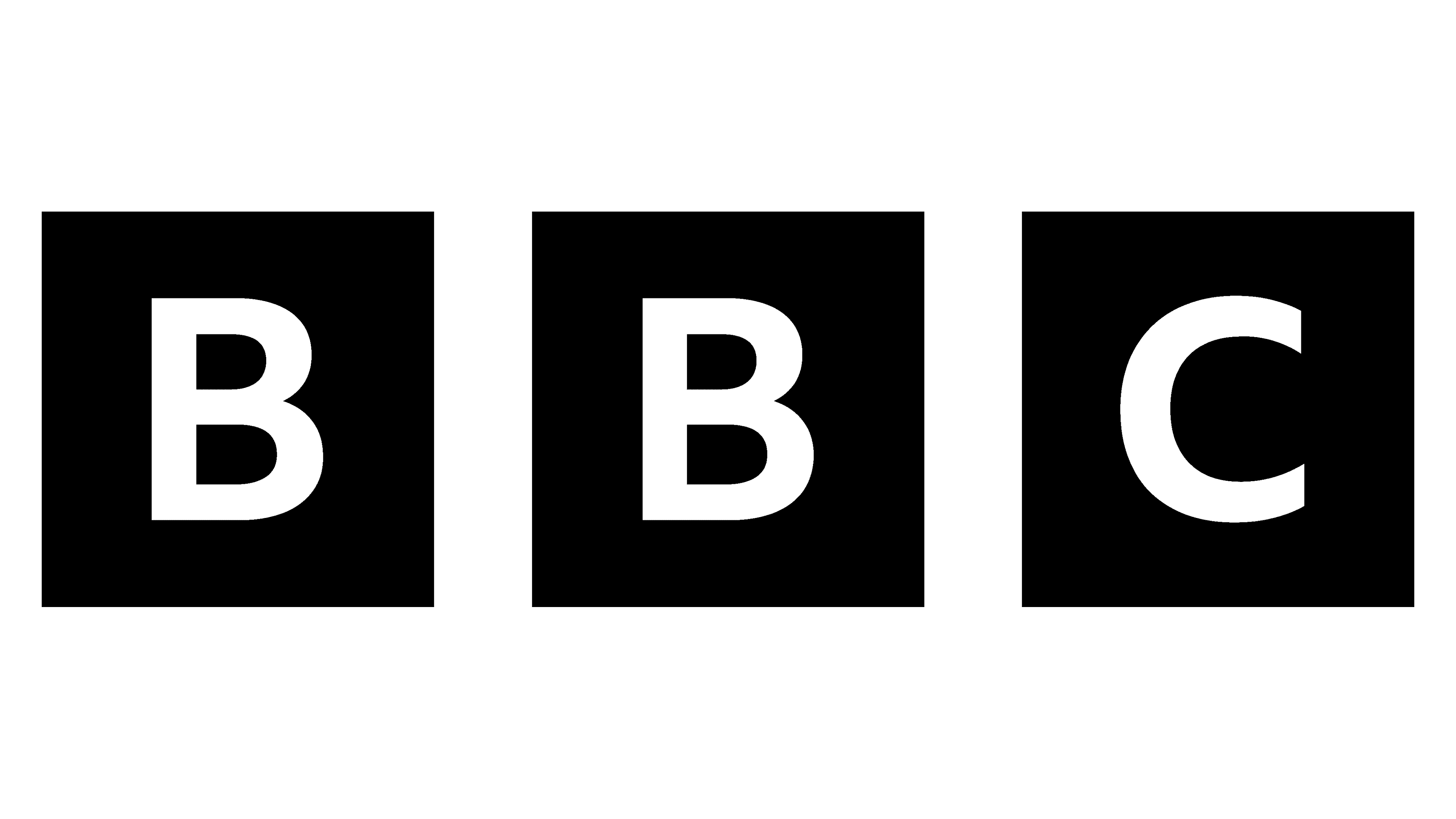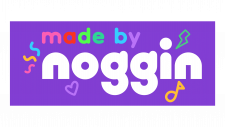BBC Logo
The BBC, or British Broadcasting Corporation, is a public service broadcaster in the UK, established by Royal Charter by John Reith. Its creation, in London, aimed to enrich people’s lives with programs and services that inform, educate, and entertain. As the world’s oldest national broadcaster, the BBC has evolved into a multi-platform entity, offering a diverse range of content across TV, radio, and online, fulfilling its mission to act in the public interest.
Meaning and history
The BBC was born in 1922, founded by John Reith in London. Initially, it was a radio service. By 1936, it pioneered television broadcasts. World War II saw the BBC becoming a lifeline, broadcasting crucial news. Post-war, it expanded, launching new radio and TV services. The 1950s and 60s introduced iconic shows, shaping British culture. The 70s and 80s pushed boundaries with controversial and innovative content. The 90s brought digital expansion, launching online services. The 2000s saw the BBC embracing streaming and on-demand. Throughout, it remained publicly funded, resisting privatization and commercial pressures.
What is BBC?
The BBC stands as a cornerstone of global media, weaving narratives that span from the heart of London to the farthest corners of the world. With a legacy rooted in 1922, it serves as a beacon of information, culture, and innovation, continually adapting to the digital age while holding the public trust at its core.
1958 – 1963
In the image, boldness and simplicity converge in three monolithic blocks, each cradling a single, starkly contrasting letter. Black and white dominate the palette, symbolizing a canvas of old and new. The letters “B”, “B”, and “C” stand proudly, an unyielding font speaking to the authority and trustworthiness of the institution they represent. This design, uncluttered by embellishment, suggests
1963 – 1971
This rendition of the iconic BBC logo intensifies its earlier simplicity with even starker contrast and cleaner lines. The boldness of the letters is uncompromising, conveying strength and stability. Here, the essence of the brand is crystallized in pure, unadorned typography—each character a testament to the broadcaster’s authoritative voice. The symmetry and balance project a sense of order and reliability, hallmarks of the institution’s reputation. In this visual statement, less is infinitely more, encapsulating the BBC’s enduring presence in the media landscape.
1971 – 1992
The image showcases the BBC logo with its distinct blocky letters, encapsulated within separate rectangular bounds, imparting a modular aesthetic. The design speaks to a modernist sensibility, with each character ensconced in its own space, suggesting both unity and distinction. The black-on-white color scheme remains, a nod to the broadcaster’s enduring gravitas and commitment to clarity. It’s a visual symphony of simplicity and strength, with typography that conveys the BBC’s authoritative broadcast identity.
1988 – 1998
The logo evolves, infusing color beneath the iconic BBC letters – blue, red, and green lines add vibrancy, signifying a new era. These hues hint at the tricolor technology of television screens, symbolizing the broadcaster’s dynamic reach into the lives of viewers. The slanted rectangles suggest forward motion, reflecting the corporation’s progressive stride into the future. This design iteration retains the familiar bold typeface, yet the added color brings a fresh dimension, representing the BBC’s commitment to innovation in broadcasting.
1997 – Today
The logo returns to a minimalist ethos, discarding the previous color underlay for a classic black and white scheme. The letters “B”, “B”, and “C” are encapsulated in sharp-edged squares, a nod to the digital age’s precision. The removal of color strips back to the corporation’s authoritative core, embracing a digital-friendly identity. This cleaner design reflects a modernized BBC, ready to face the challenges of a new millennium with a timeless, yet contemporary, visual identity.
2021 – Today

The logo maintains its monochromatic theme but introduces softer, rounded corners, easing the previously stark aesthetic. The letters “B”, “B”, “C”, in crisp white, now nestle within softened squares, suggesting a more approachable, user-friendly era. This subtle change reflects an adaptation to the evolving landscape of media consumption, where friendliness and accessibility are paramount. The updated design balances the BBC’s authoritative heritage with a nod to modernity and the digital evolution.
















